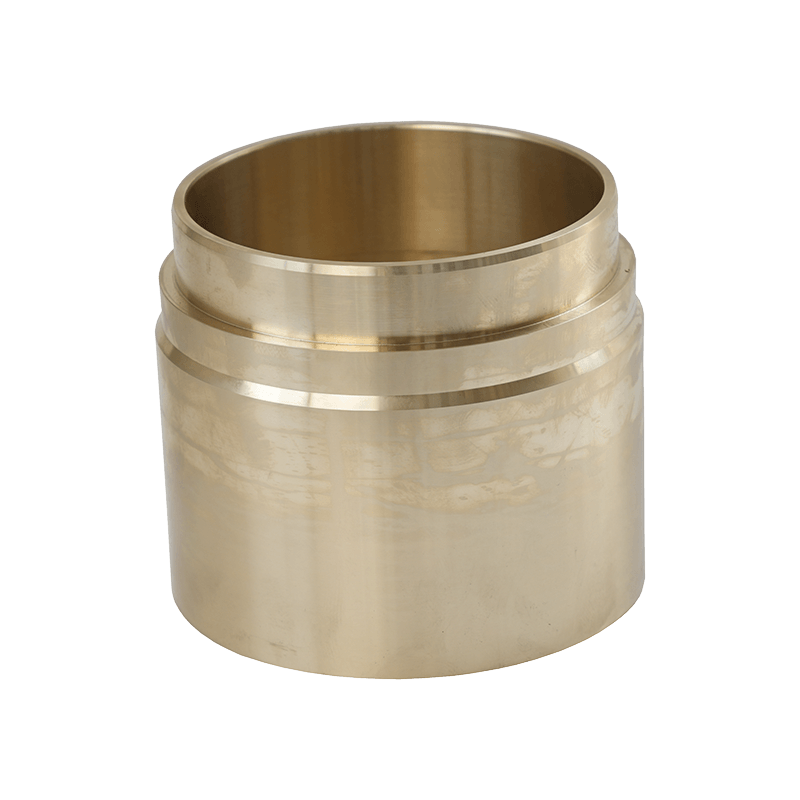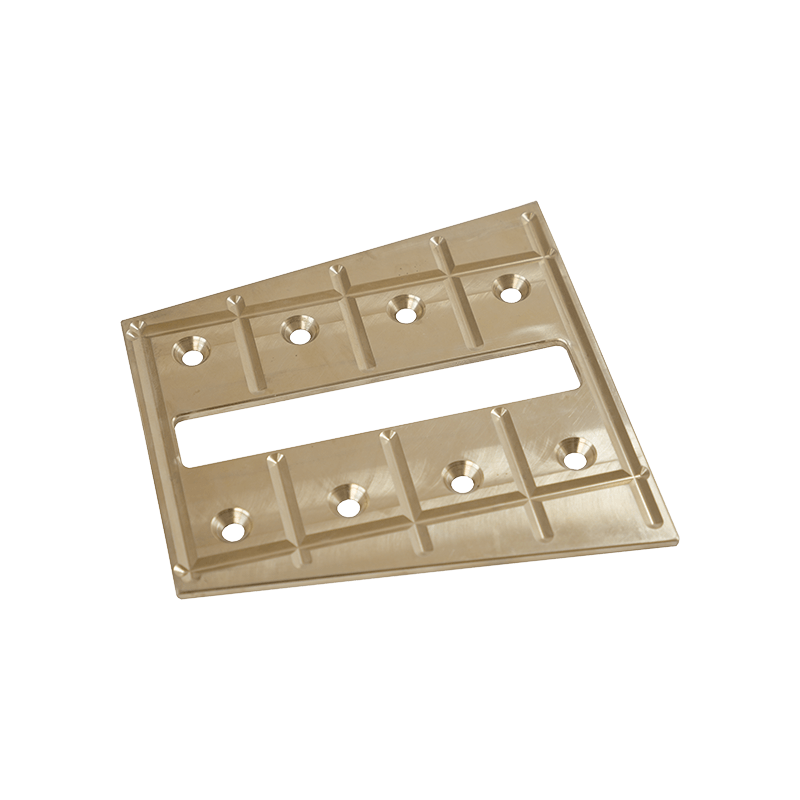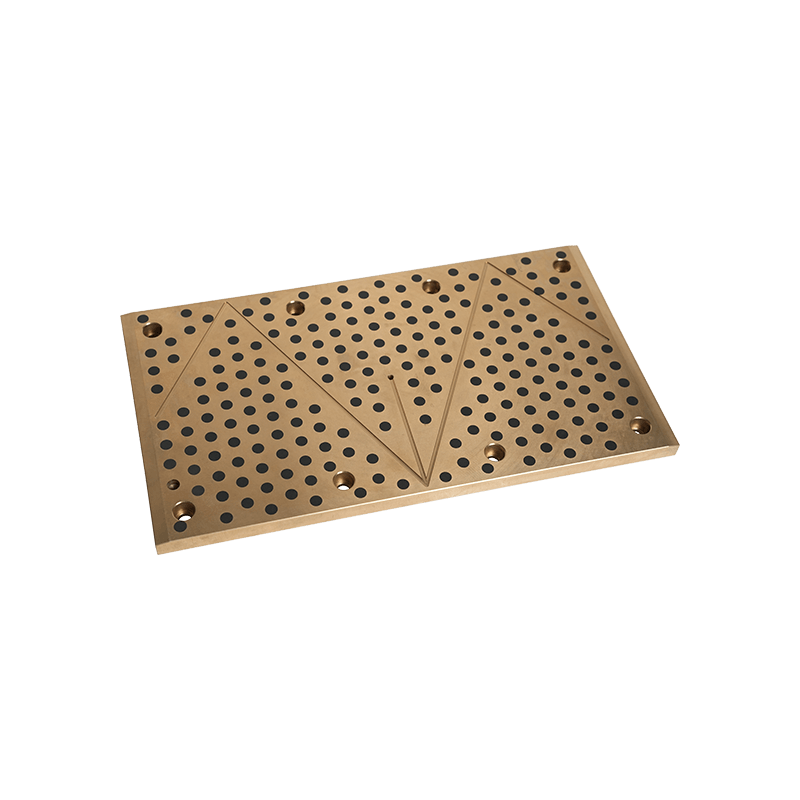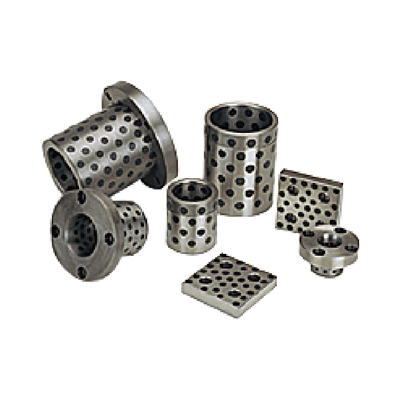Yes, the electrical and thermal conductivity of the Composite Metal Series can indeed change depending on the combination and thickness of the metal layers used. The interaction between different metals and their respective thicknesses influences the overall conductive properties of the composite material. Here’s how:
Different metals have varying electrical conductivity, which is a measure of a material's ability to conduct electric current. For example:
Copper has one of the highest electrical conductivities of any metal, making it an excellent choice for electrical applications.Aluminum is also a good conductor, though slightly less conductive than copper.Stainless Steel, on the other hand, has much lower electrical conductivity.
When combining these metals in a composite, the overall electrical conductivity will be affected by the proportion of each metal. If a layer of high-conductivity metal (like copper) is combined with a lower-conductivity metal (like stainless steel), the overall conductivity of the composite will be somewhere between the two, weighted by the thickness and surface area of each layer.
If the conductive metal layer is thick relative to the non-conductive layer, the composite will retain much of the high conductivity.Conversely, if the non-conductive layer is too thick, it can significantly reduce the overall conductivity of the composite.Thermal Conductivity: The thermal conductivity of composite materials behaves similarly. The metals with high thermal conductivity, like copper or aluminum, will improve the thermal conduction of the composite material. However, metals with lower thermal conductivity, such as stainless steel or titanium, can reduce the overall thermal conductivity of the composite.
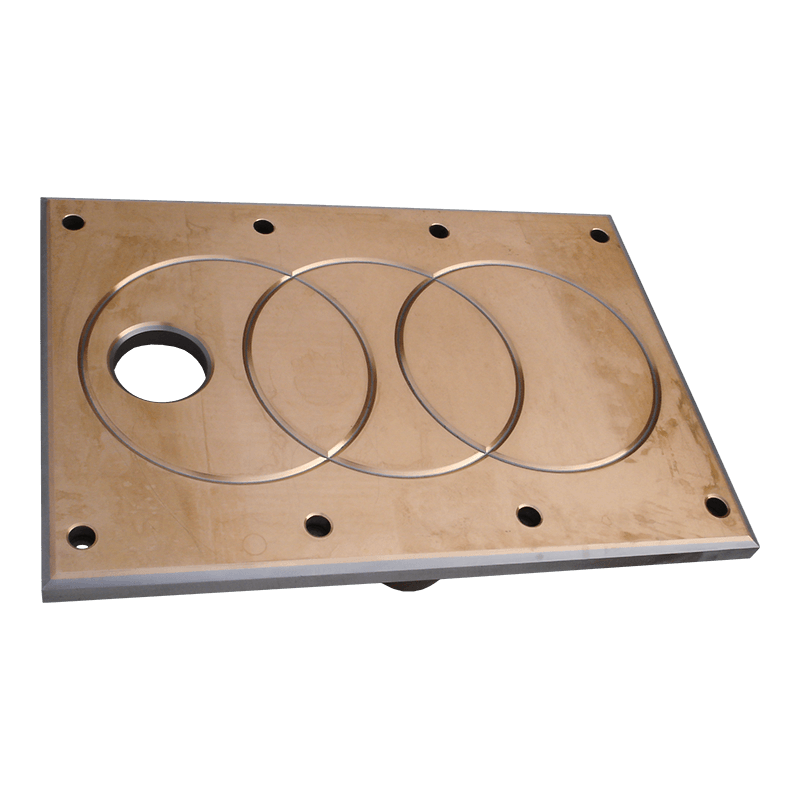
The thickness of each metal layer plays a crucial role:
A thicker layer of high-conductivity metal (e.g., copper) will dominate the composite’s thermal conductivity, and the composite will perform more efficiently in heat transfer.If the low-conductivity layer is thick, it will reduce the ability of the material to transfer heat effectively, even though some layers may still conduct heat, albeit less efficiently.
The thickness of each layer within the composite material has a direct influence on both its electrical and thermal conductivity. The thicker the layer of high-conductivity material, the more it will dominate the overall conductivity properties.For electrical conductivity, if a composite has a very thin layer of copper (or another good conductor) with a thick layer of stainless steel, the electrical performance will be much lower than a composite with a thicker copper layer.For thermal conductivity, similar principles apply. A thick layer of copper or aluminum will allow heat to flow more efficiently through the composite material, whereas a thick layer of a less thermally conductive material will impede heat transfer.
In some applications, composites are specifically engineered to combine thermal management with mechanical properties. For example:
A composite with aluminum or copper on the outer layer may be designed to efficiently transfer heat (ideal for electronic or automotive heat dissipation), while an inner layer of stainless steel or titanium provides structural strength or resistance to corrosion without sacrificing too much thermal performance.
Thermal insulation can also be engineered by strategically placing low-conductivity metals (e.g., stainless steel) in specific regions of the composite, with higher-conductivity metals (e.g., copper) elsewhere to ensure optimal heat transfer where it is most needed.
The performance of composite metals is also influenced by the specific alloys used. For example:
Aluminum alloys have varied conductivity depending on the alloying elements, so a composite with different aluminum alloys could show different thermal and electrical properties.Bimetallic composites (e.g., copper-aluminum) will have distinct conductive properties depending on the combination of metals and the bonding strength between them. The interface between the layers is also important; poor bonding can result in reduced conductivity.
The electrical and thermal conductivity of the Composite Metal Series is directly influenced by the combination of metals used and their respective layer thicknesses. When designing or choosing composite metals, it’s essential to consider the conductive properties of each metal layer, how thick each layer is, and the intended application. By adjusting the material combination and thickness, manufacturers can optimize the composite for specific applications, whether for high conductivity, strength, or thermal management.

 English
English Deutsch
Deutsch Español
Español русский
русский

 +0086-513-88690066
+0086-513-88690066